BuildForce Canada has unveiled its predictions for Ontario in its 2025–2034 Construction and Maintenance Looking Forward report, with the forecast showing the future is a little murky and the residential sector will be playing a critical role in the industry’s success.
It should be noted the investment trends and employment projections by BuildForce were developed with industry input prior to the emergence of potential trade tensions between Canada and the United States.
The forecast does not take into account the possible impacts of tariffs.
OVERALL OUTLOOK
According to the report, investment levels took a step back in Ontario in 2024 with a further contraction in activity in the residential sector, which more than offset a modest gain in investment in the non-residential sector.
Affordability concerns and elevated interest rates hampered homebuilding while activity in the non-residential sector continued to trend upward because of major projects.
Construction growth by 2034, however, will be principally driven by activity in the residential sector, which is calling for slow growth again in 2025 before rising to the end of the decade.
Investment in non-residential will be driven by a large volume of major projects across all regions. These include major transit, utilities, nuclear, mining and roads, highways and bridges on the engineering side, and health care, education and government projects on the ICI side.
Activity on these projects is projected to rise to a peak in 2027 before investment levels slow into 2030 and then remain stable, but at an elevated level, to the end of the decade, the report notes.
Employment will be elevated in both sectors across the forecast period with residential rising 13 per cent above 2024 levels by 2034. Non-residential construction employment is projected to rise almost continuously across the decade, adding just under 10 per cent above 2024 levels by 2034.
When it comes to labour challenges, by 2034 as many as 90,300 workers are expected to retire. “When combined with the additional 63,800 workers required to keep pace with increasing demand over the forecast period, the industry could face hiring requirements of 154,100 workers by 2034,” the report highlights.
These numbers could be offset by the expected recruitment of 102,200 new entrant workers under the age of 30 from within the province. However, the industry could still face a potential shortfall of almost 52,000 workers by 2034.
Although interconnected, Ontario’s five regions each feature distinct labour market conditions which can either complement or compete against each other.
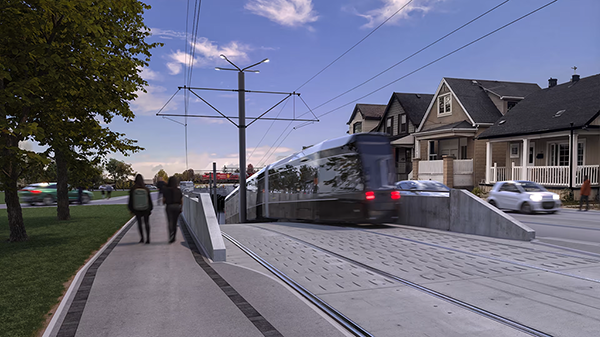
Here’s a breakdown.
CENTRAL ONTARIO
Construction activity in central Ontario is expected to increase across the forecast period.
Activity in the region’s non-residential sector is more cyclical. Growth is projected into 2027 with ongoing work on several health care and industrial projects. Light rail projects in Hamilton and Kitcher-Waterloo-Cambridge are primary drivers for engineering construction.
By 2034, employment is expected to rise in both residential (14 per cent) and non-residential (15 per cent).
EASTERN ONTARIO
In eastern Ontario, elevated interest rates and affordability concerns have slowed the residential sector, but there is anticipated growth in 2025 and beyond. The region’s non-residential construction sector, meanwhile, continues to function at an historically high level. Levels are projected to peak in 2027, the report notes, after which they remain sustained at an elevated level. Construction employment in the region is expected to grow, with greater gains in the residential sector (19 per cent) than in the non-residential sector (seven per cent).
GREATER TORONTO AREA
The Greater Toronto Area isn’t as bright as other areas, seeing another contraction in residential construction activity in 2024. Activity in the sector is expected to return to growth in 2026. Non-residential continues to be driven by a large volume of major projects in the form of public transit systems, utilities projects and work on roads, highways, and bridges projects in terms of engineering and in the construction of ICI buildings on health care and education sector projects. Investment levels are projected to rise into 2027 before slowing as work concludes on the region’s major transit projects. Employment in the GTA is projected to rise in both the residential (14 per cent) and non-residential (10 per cent) sectors across the forecast period.
NORTHERN ONTARIO
Activity in northern Ontario’s non-residential construction sector slowed in 2024 as several major engineering construction projects concluded. This was offset somewhat by elevated levels of activity in the construction of ICI buildings. Investment levels are expected to fluctuate, but remain relatively elevated thanks to correctional facilities, a major hospital and several mining and utilities projects. The outlook for the region’s residential sector calls for new-housing investment to return to growth in 2025 and to carry through to 2026 before stabilizing to 2030 as interest rate pressures ease. There is an overall contraction of employment in the region, as a gain of just over four per cent in non-residential construction employment is not sufficient to offset a contraction of 10 per cent in residential employment.
SOUTHWESTERN ONTARIO
Southwestern Ontario saw growth in both residential and non-residential in 2024. The outlook calls for the residential sector to continue to grow. Investment levels in the region’s non-residential construction sector are projected to fluctuate. They moderate slightly with the conclusion of work on the Gordie Howe International Bridge and NextStar Energy electric battery facility, then are held steady by ongoing nuclear refurbishment work at Bruce Power. They rise with the start of work at the St Clair Hydrogen power plant and the Windsor Acute Care Hospital. Employment rises for residential (11 per cent) and non-residential (four per cent).


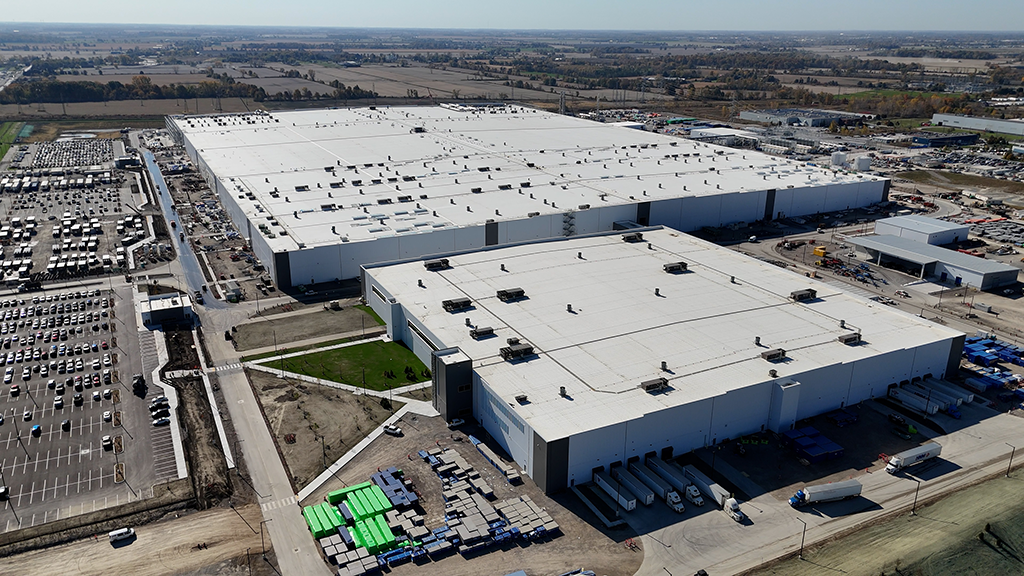


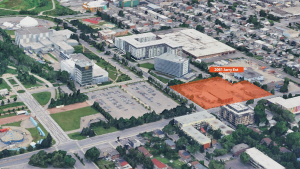
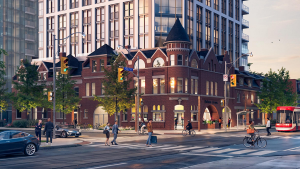
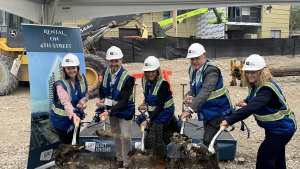
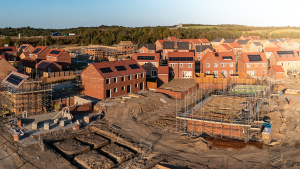


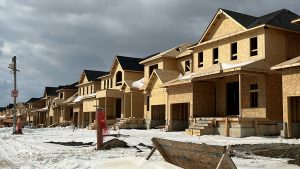
Recent Comments